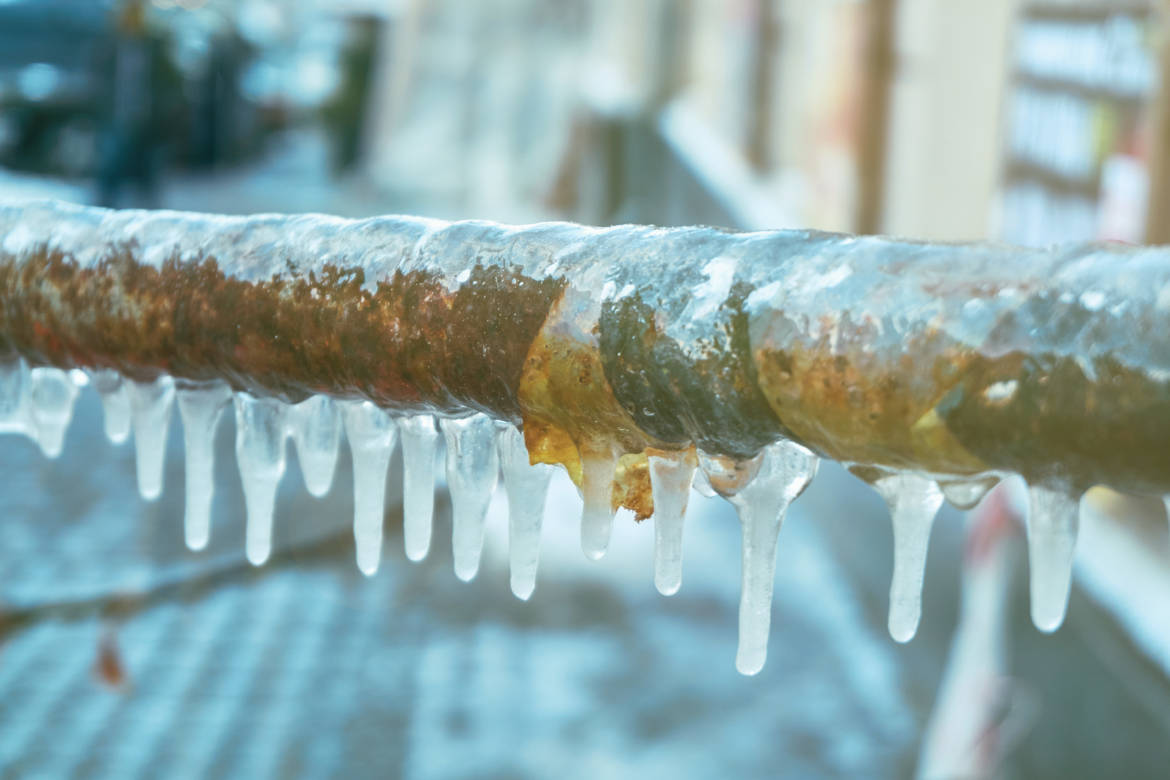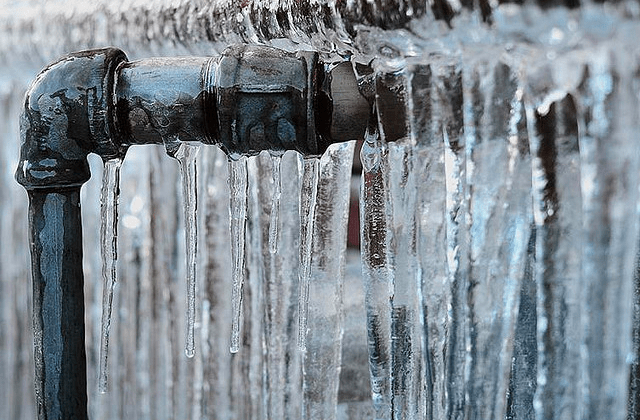Preventing Frozen Plumbing in Cold Weather: Critical Tips
Call TodayHave you been in search of advice on How to prepare your home plumbing for winter weather?

Winter can damage your plumbing, especially by freezing pipes. Below's exactly how to prevent it from occurring and what to do if it does.
Introduction
As temperatures decline, the risk of icy pipelines boosts, potentially leading to pricey repair services and water damage. Understanding how to avoid frozen pipes is crucial for property owners in chilly environments.
Understanding Icy Pipelines
What creates pipelines to ice up?
Pipelines ice up when subjected to temperature levels listed below 32 ° F (0 ° C) for extended durations. As water inside the pipelines freezes, it increases, putting pressure on the pipe walls and possibly creating them to break.
Threats and problems
Icy pipes can lead to supply of water disruptions, residential property damages, and costly repair work. Ruptured pipelines can flood homes and cause considerable architectural damage.
Indicators of Frozen Water Lines
Determining icy pipes early can prevent them from rupturing.
Exactly how to recognize frozen pipes
Look for reduced water flow from taps, uncommon smells or sounds from pipes, and visible frost on revealed pipes.
Prevention Tips
Insulating susceptible pipelines
Cover pipelines in insulation sleeves or use heat tape to safeguard them from freezing temperatures. Focus on pipes in unheated or external areas of the home.
Heating methods
Maintain indoor areas effectively heated, especially areas with plumbing. Open up closet doors to permit cozy air to distribute around pipes under sinks.
Safeguarding Exterior Plumbing
Garden hose pipes and outdoor faucets
Separate and drain garden tubes before wintertime. Set up frost-proof faucets or cover outside taps with insulated caps.
What to Do If Your Pipes Freeze
Immediate actions to take
If you believe icy pipelines, maintain faucets available to ease stress as the ice thaws. Use a hairdryer or towels soaked in hot water to thaw pipes gradually.
Long-Term Solutions
Architectural adjustments
Take into consideration rerouting pipes far from exterior walls or unheated areas. Add added insulation to attics, cellars, and crawl spaces.
Upgrading insulation
Buy high-grade insulation for pipes, attics, and walls. Proper insulation helps keep consistent temperature levels and lowers the danger of icy pipes.
Verdict
Avoiding icy pipes requires proactive steps and fast feedbacks. By comprehending the reasons, signs, and safety nets, house owners can protect their plumbing throughout winter.
5 Ways to Prevent Frozen Pipes
Drain Outdoor Faucets and Disconnect Hoses
First, close the shut-off valve that controls the flow of water in the pipe to your outdoor faucet. Then, head outside to disconnect and drain your hose and open the outdoor faucet to allow the water to completely drain out of the line. Turn off the faucet when done. Finally, head back to the shut-off valve and drain the remaining water inside the pipe into a bucket or container. Additionally, if you have a home irrigation system, you should consider hiring an expert to clear the system of water each year.
Insulate Pipes
One of the best and most cost-effective methods for preventing frozen water pipes is to wrap your pipes with insulation. This is especially important for areas in your home that aren’t exposed to heat, such as an attic. We suggest using foam sleeves, which can typically be found at your local hardware store.
Keep Heat Running at 65
Your pipes are located inside your walls, and the temperature there is much colder than the rest of the house. To prevent your pipes from freezing, The Insurance Information Institute suggests that you keep your home heated to at least 65 degrees, even when traveling. You may want to invest in smart devices that can keep an eye on the temperature in your home while you’re away.
Leave Water Dripping
Moving water — even a small trickle — can prevent ice from forming inside your pipes. When freezing temps are imminent, start a drip of water from all faucets that serve exposed pipes. Leaving a few faucets running will also help relieve pressure inside the pipes and help prevent a rupture if the water inside freezes.
Open Cupboard Doors
Warm your kitchen and bathroom pipes by opening cupboards and vanities. You should also leave your interior doors ajar to help warm air circulate evenly throughout your home.

I am very fascinated with Winter Plumbing Precautions: Preventing Frozen Pipes and I really hope you enjoyed reading our article. Those who enjoyed reading our article please make sure you remember to share it. Thank you so much for taking the time to read it.
Quote & Schedule